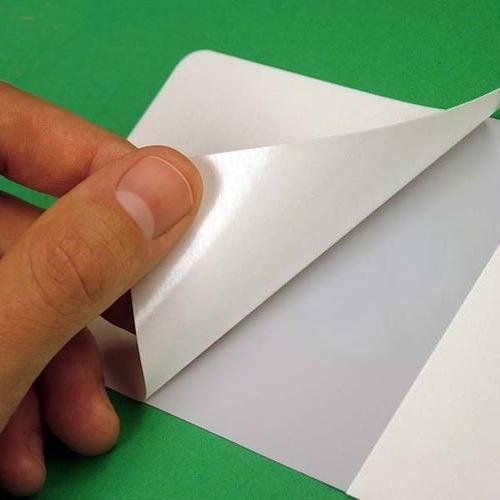News
Learn the latest news and information about our company and industry here, and also follow our social media news.-

27
2025.06
PE electrostatic protective film tape
PE electrostatic protective film is a surface protective film made by co-extruding multiple materials through composite equipment. The protective film produced by this method is also called PE electrostatic protective film, PE electrostatic film, PE self-adhesive film, etc. The surface electrostatic protective film does not contain any adhesive and has the advantages of good environmental protection adaptability and high product quality. Therefore, the electrostatic protective film has attracted much attention from users and is co...
view details
-

27
2025.06
Waterproof PET double-sided transparent tape
Temperature resistance: 80-140 degreesSpecifications: The whole specification is 1.02m*20m and 50 metersPerformance: Ultra-thin, oily pressure-sensitive adhesive, anti-agingScope of use: Mobile phone repair, acrylic, two-color board, PVC board, crystal word product engraving, etc., strong stability on the engraving machine, no displacement, high engraving accuracy, no residual glue, etc., no need to clean after engraving. Product features: Removable, traceless, no residual glue. High temperature resistant, waterproof, anti-corr...
view details
-

10
2025.06
What Are the Performance Differences Between Acrylic Adhesive Protective Film and Silicone Adhesive Protective Film
Let’s first understand the performance differences between acrylic adhesive protective film and silicone adhesive protective film. Most PET protective films we use are silicone-based. Compared to acrylic adhesive PET films, silicone-based PET films have a wider range of applications. For example, PET protective films used extensively for smartphone screens are typically silicone-based, as silicone adhesive can withstand higher temperatures than acrylic adhesive. Acrylic adhesive protective films are mainly used for packaging...
view details
-

10
2025.06
Understanding Release Paper Types: Plastic-Coated vs. Non-Coated and Silicone vs. Non-Silicone
Release paper can be classified in two main ways: By the presence of plastic coating: plastic-coated (with plastic) and non-coated (without plastic) release paper. By the type of release agent: silicone-based and non-silicone release papers. 1. Plastic-Coated Release Paper Due to the permeability of release agents, without a proper barrier, the agent may penetrate the paper, leading to incomplete curing and increased usage (and cost) of the release agent. To prevent this, a plastic coating is applied to the paper sur...
view details

